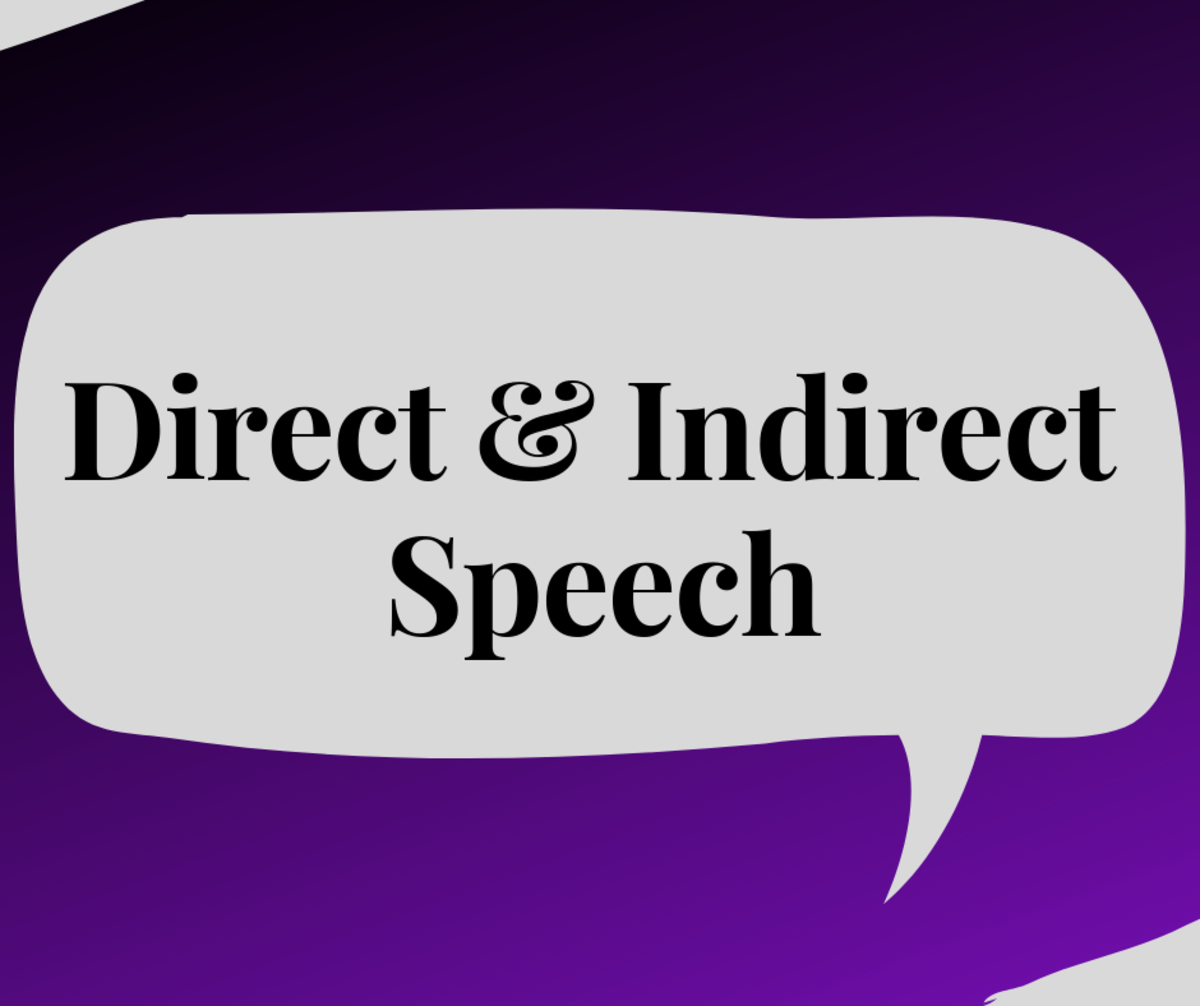What are the key features that characterize ‘post modernity’?

What does post modernity mean?
Post
modernity, which literally means “after modernity”, is a label given to
something that is postmodern, something that has changed considerably
since the time of modernity. Post modernity differs from postmodern, in
such a way that; one particular thing
could be called postmodern, but post modernity is more a way of
thinking. In order to understand post modernity, it is essential to
understand the basis of modernity. Modernity is generally said to have
been from around the time of the 1850s to the 1950s.
This is because of the huge change in society, arts and technology etc.
during this era. [1]This
is
due to many reasons, such as developments in political systems,
industrialisation, and one major factor, war. During the first and
second world wars, there were many huge advancements in technology, in
order to have better equipment to the opposing forces,
there were also huge social changes, such as the opinion of wars, before
world war one many people would have been happy to go to war, but the
amount of deaths of young soldiers dramatically changed peoples
opinions. After this time, when things began to advance
even more, the name postmodern was given to the new era. This new
postmodern time is essentially an era were these new ideas are taken for
granted, and are normal opinions, but now some people are creating new
ideas, that may not agree or fit in with those
of the modern era. Although they have many similarities, post modernity
and something that is postmodern are not the same. Post modernity mainly
involves developments and changes within technological, economic,
political and social ideas.

Features Of Post Modernity: War
One
main feature of post modernity would defiantly be war, or the lack
thereof. During the modern period there was almost always the shadow of
war for most countries in Europe, and also those in Russia and the
U.S.A. These were the First World War, the
Second World War, and then the cold war. [2]These
wars
would have dramatically affected people’s thinking during these times,
as they would have been very present even back in the main cities that
were far from the battlefields. People would have been aware of just how
dangerous war was, and how it could disrupt
the lives of people who did not even partake in them, but now, in the
post modern period, there more of unawareness about wars. While there
are defiantly still wars being fought by some major countries, they are
all fought far away from western civilisation,
and therefore the people are not aware of it as they used to be. Since
the modern period, war technology has improved so greatly that it is
requiring less and less people to take part in it. Also, in this post
modern time, a lot of the wars that are being fought
seem to be fought on one side by a very rich and prosperous country with
a strong army, against smaller, developing countries, that often have
some sort of useful resource in their possession. These days, people
have to rely on just hearing about how the war
is going, and their only real source of information being the news. Due
to the absence of war in the thoughts of many people, some would argue
that a feature of post modernity would be the new ignorance of war, and
the actions our own governments take in our
names.

Features Of Post Modernity : Technology
Another
major feature in post modernity is technology. Of all the features,
technology is probably the one that has changed the most dramatically
since the modern period. This growth has been in pretty much all aspects
of technology, for example, communications
technology has changed completely in the last few decades. [3]This
would
also greatly affect the way in which people think in the postmodern
period, as now they can easily contact someone on the other side of the
planet in a matter of seconds, while in the modern period; it might take
a week to send one message to the other
side of the country. People now are conscious that they have access to
this technology, and it has opened up a whole new side to communicating.
The internet is the source of this revolution in communication
technology. Emails, instant messengers and social
networking websites have changed our way of thinking, and are used so
much by people and taken for granted, that for many it would be hard to
imagine what it would be like back in the modern period with out these
services. Social networking websites have changed
the way we live, keep in contact and have also made our lives very
public. People’s lives are now open to mere acquaintances as opposed to
close friends, and while this is not necessarily a bad thing, it is
quite defiantly postmodern.
Conclusion
The
main thing about these features of post modernity, is that, while when
talked about the may just seem like social progress, or the evolution of
technology, but they become features of post modernity when they become
a normal part of everyday life, when
they are there to be used in a way that was not at all possible in the
modern period. On the other hand, post modernity itself is indefinable
as it is always evolving and changing.
By S.J Ennis
Bibliography
Lecture Notes
Key Themes in Media Theory - Laughey, D. 2007
The Internet and Society - Slevin, J.
2000
The Media Students Book - Branston, G. and Stafford, R. 2003
Theories of Modernity and Post modernity - Bryan S. T. 1990
[1]
Key Themes in Media Theory - Laughey, D.
[2]
Key Themes in Media Theory / Lecture Notes
[3]
The Internet and Society - Slevin, J.








